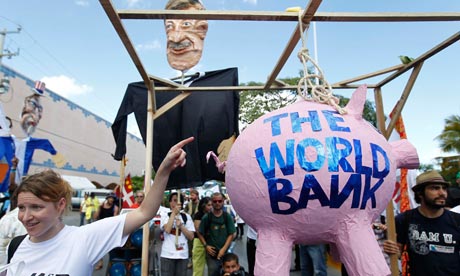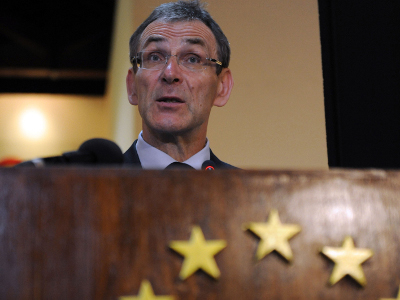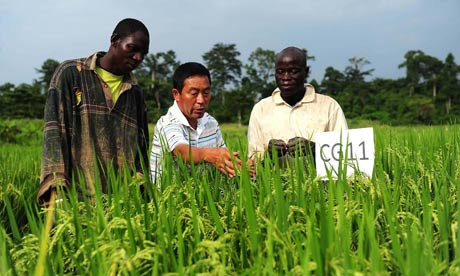In August 2010, just over a year ago, an online lending platform called The Hoop Fund launched, inviting users to "lend," "produce" and "enjoy" products from dark chocolate quinoa to hand-woven cardigans.
Building on Kiva's model, The Hoop supports the fair trade movement, and helps fund small businesses in developing countries. But The Hoop reserves its finances for co-ops to improve labor conditions and product quality by funding new resources.
CEO Patrick Donahue wrote on The Hoop Blog,
"We were excited about how enthusiastically people responded to our vision of "invested consumption" how we each can invest in the makers of great products in the developing world, and create our own personal stories about how we turned our consumption into something more meaningful."
As reported in a FastCompany article, that thinking led Marc Mathieu, a former marketing executive at Coca-Cola, to co-found The Hoop Fund, a new type of marketplace where consumers can shop while also investing in a sustainable supply chain.
On The Hoop web site, you can make loans in $25 increments to support fair trade worker cooperatives in Peru, Thailand, and Indonesia. You can also buy a bar of chocolate or a wool sweater from the companies supplied by these co-ops. Once the loan is paid back, you can re-lend it to another Hoop project or use that money to make a purchase.
"We're linking two ends of the value chain," Mathieu says. "I like chocolate, I eat chocolate, but I also promote this chocolate among my friends because I am personally invested in the change that this chocolate is trying to create at the producer level."
The idea for The Hoop was first hatched by Deborah Hirsch, a fair trade expert who was struck by the success of online microlending platforms like Kiva. She partnered with entrepreneur Patrick Donohue, who had a track record of several successful enterprises in developing countries. "We thought, why can't this model be used for fair trade producers?" Donohue says.
Hirsch and Donahue were on track to start a modest business when Social Capital Markets (Socap) conference co-founder Kevin Jones offered them funding and introduced them to branding superstar Mathieu. While Hirsch and Donohue drove the logistics, Mathieu utilized his marketing expertise to come up with the logo and the idea of the lend-produce-enjoy cycle that The Hoop is named for.
Donohue acknowledges his platform's similarities to sites like Kiva and MYC4 but points to some key differences. "Kiva is a non-profit; most of their revenue comes from donations," he says. "Our business model is around driving sales for the products."
The Hoop takes a cut of all products sold on the site, and gets promotional fees from partnering brands to keep our loans at 0% interest. Because the suppliers are established coops, there is less risk of loan defaults. Ultimately, The Hoop aims to change the producer-consumer paradigm to something a lot more connected. "When people start looking at their products in a different way and think about where things come from, they start pulling that into everyday decision-making," said Donohue. "The impact we hope to have is a shift in consumer value where people can say, 'there's a shift because I invested in it.'"
The Chronicle of Philanthropy interviewed Donahue on how the site creates a sense of emotional investment in the products we purchase:
"If you invest in the production of coffee, that's your coffee too," he says. "So you can go out and say to your friends and family, 'I helped make this cup of coffee. You should try it out.'"













































